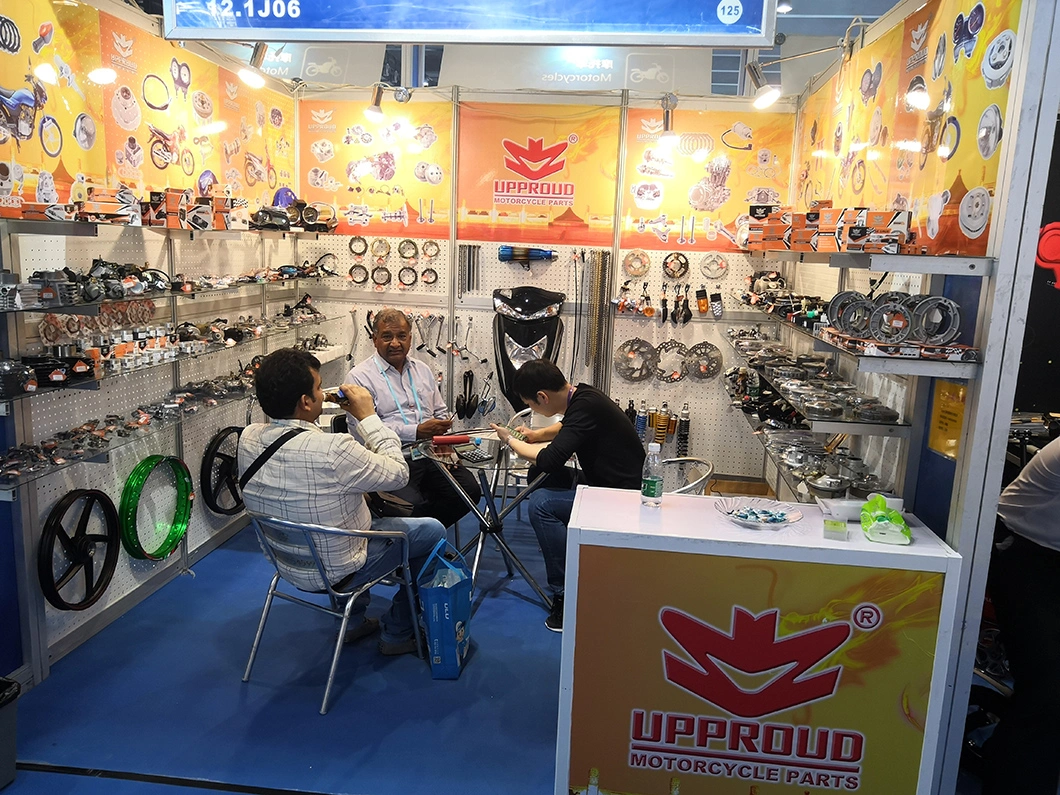Your Best Motorbike Shop for High Quality Parts and Accessories
Your Best Motorbike Shop for High Quality Parts and Accessories
Blog Article
Comprehending the Crucial Parts of a Bike: A Comprehensive Guide for Enthusiasts
For bike enthusiasts aiming to raise their riding experience and ensure their bikes run efficiently, understanding the crucial components of a motorcycle is extremely important. Each element, from the engine's detailed workings to the crucial role of the stopping systems, not only impacts efficiency but additionally security and convenience. This overview will stroll with the fundamental parts that every rider need to be familiar with, making it possible for informed choices in both upkeep and prospective upgrades. As we start this expedition, one must ask: just how does each element connect to create the seamless adventure every fanatic looks for?
Engine Components

The camshaft plays a critical duty in controlling the timing of the engine's shutoffs, guaranteeing the precise opening and closing needed for effective fuel and air consumption, as well as exhaust expulsion. This timing is critical to preserving optimal engine efficiency and performance. Additionally, the carburetor or gas injection system, relying on the motorcycle design, is in charge of blending air with fuel in the proper ratio for combustion.
The air conditioning system, either air or liquid-based, works to keep the engine's temperature level within operational limitations, preventing overheating and making certain longevity - motorcycle shop. Each element, diligently developed and incorporated, adds to the seamless procedure of the engine, specifying the motorcycle's power outcome and overall performance
Transmission System
Essential to the bike's capability, the transmission system guarantees effective power transfer from the engine to the wheels. This system consists of several important parts, including the clutch, gearbox, and last drive, each playing an essential role in equating the engine's power right into motion. The clutch, normally operated by a hand lever, offers to engage and disengage the engine from the transmission, enabling smooth equipment modifications and controlled acceleration.
The gearbox, often referred to as the transmission correct, has a set of equipments that motorcyclists can manually move with to adjust the bike's speed and torque output. These gears are set up in a series that enables the bike to increase smoothly and maintain optimum engine performance across various speeds. A lot of motorcycles use a consecutive transmission, calling for the motorcyclist to change equipments in a predetermined order.
Braking Systems
While understanding the transmission system is key to using a bike's power, just as vital is the capability to regulate and stop that power properly, which is where braking systems enter into play. Brakes are crucial for safety and performance, giving the rider with the needed control to navigate numerous surfaces and problems. Commonly, bikes include 2 kinds of stopping systems: disc brakes and drum brakes.
Disc brakes are a lot more widespread in contemporary motorcycles because of their superior performance. They include a brake disc, caliper, and pads. When activated, the caliper squeezes the brake pads versus the spinning disc, converting kinetic power into heat, therefore slowing the wheel. This system offers much better use this link heat dissipation, regular efficiency, and improved stopping power, especially in damp conditions.
On the other hand, drum brakes, though much less usual, are still discovered in some bikes. They work by pushing brake shoes versus the internal surface of a drum connected to the wheel. While typically much less effective in heat dissipation and quiting power, drum brakes are easier and much more cost-efficient.
Comprehending these stopping systems' subtleties enables riders to preserve their bikes correctly and value the design that guarantees efficient and risk-free stopping.
Suspension and Guiding
Suspension and guiding systems are crucial parts that significantly affect a bike's handling and trip comfort. The shock absorber, being composed of forks at the front and shock absorbers at the rear, absorbs road abnormalities, boosting stability and control. Front forks, typically telescopic or upside down, compress and rebound to mitigate impacts, while rear shock absorbers keep tire contact with the road, important for grip and safety.
Steering, centered around the handlebars, connects the motorcyclist to the motorcycle's directional control. The steering head bearings make certain smooth procedure, permitting specific maneuverability. Correct placement and maintenance of these bearings are critical for predictable steering action and lowering cyclist fatigue.
The suspension's adjustability is one more critical facet; preload, damping, and rebound settings enable modification to match various riding problems and styles. This adaptability is crucial for maximizing efficiency, whether navigating city streets or dealing with rugged trails. Technologies like electronic suspension systems offer real-time adjustments, enhancing trip high quality throughout varied terrains.

Electric Systems
After making certain a regulated and smooth adventure via efficient suspension and steering systems, interest turns to the electrical systems, a critical aspect of contemporary motorbikes. These systems play an important duty not just in starting the engine yet likewise in powering numerous elements that boost the performance and safety and security of the bike.
At the heart of a bike's electric system is the battery, which stores electric energy needed for starting the engine and powering complementary systems - motorcycle parts nz. The generator or generator, combined with the rectifier-regulator, makes sure the battery remains billed while the motorcycle functions, converting power into electric energy and preserving voltage degrees
The ignition system, an additional essential element, is accountable for sparking the air-fuel combination in the engine's cylinders. Modern bikes frequently make use of an electronic ignition system, providing better effectiveness and reliability contrasted to conventional systems.
Illumination systems, consisting of fronts lights, tail lights, and signs, are also vital, making certain exposure and safety and security for the cyclist. Additional digital parts such as sensing units, control units, and displays add to sophisticated features like fuel shot administration, anti-lock braking systems (ABDOMINAL MUSCLE), and electronic control panels, additionally improving the riding experience.
Verdict
A thorough understanding of hop over to here a motorbike's important parts, consisting of the engine, transmission system, braking devices, suspension, steering, and electric systems, is important for enthusiasts intending to enhance performance, safety and security, and comfort. Proficiency of these elements enables informed choices regarding maintenance find more and upgrades, eventually enhancing the riding experience. By integrating this knowledge, riders can guarantee their motorcycles operate at peak performance and reliability, thus optimizing both pleasure and long life of their vehicles.
For motorbike fanatics looking to elevate their riding experience and ensure their bikes run efficiently, understanding the necessary components of a motorbike is extremely important.Essential to the bike's capability, the transmission system makes sure reliable power transfer from the engine to the wheels.While understanding the transmission system is crucial to harnessing a motorbike's power, just as important is the capability to regulate and stop that power efficiently, which is where stopping devices come right into play. Normally, motorcycles feature two types of braking systems: disc brakes and drum brakes.
A detailed comprehension of a motorbike's crucial components, including the engine, transmission system, stopping mechanisms, suspension, steering, and electric systems, is indispensable for lovers intending to maximize efficiency, safety, and comfort.
Report this page